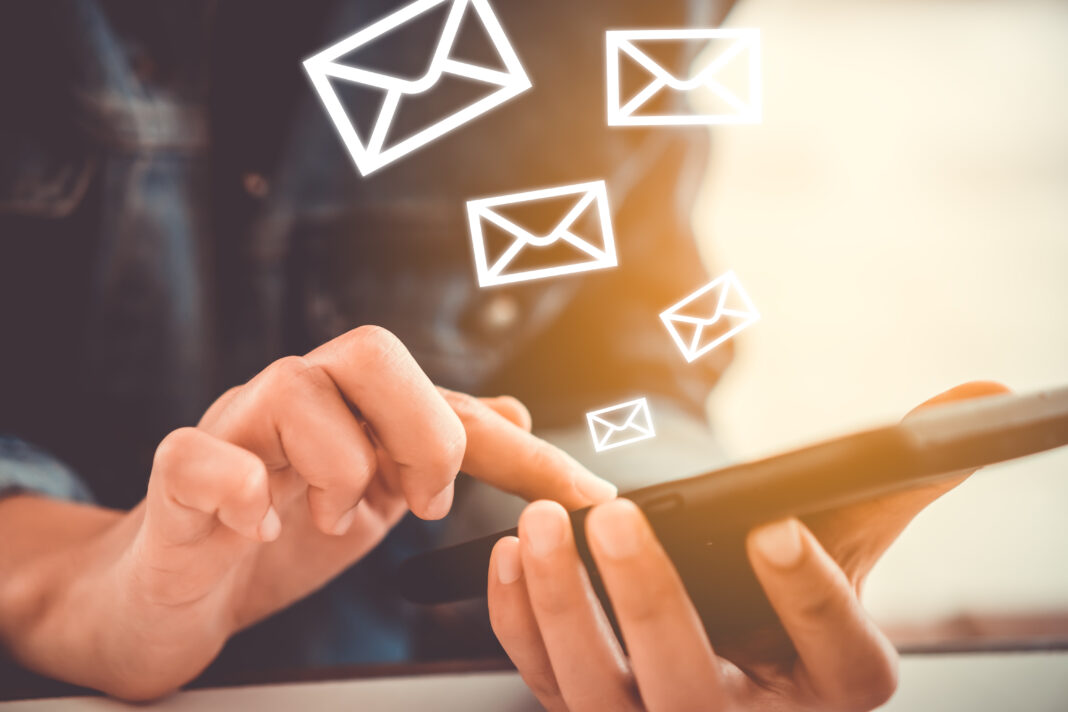In today’s fast-paced digital world, email remains a cornerstone of professional communication. Whether you’re reaching out to a colleague, a client, or a potential employer, the way you craft your emails can leave a lasting impression. Here are some vital dos and don’ts to help you navigate email etiquette like a pro.
1. DO: Keep the Subject Line to 6 words or Less
Anything over 6 words or any subject line in caps can send your email straight to the spam box. Be sure with subject lines, to also use clear and relevant wording so the recipient knows what your email is about. It’s the first thing they’ll see, so make it count. A concise, relevant subject line not only grabs attention but also helps the recipient prioritize your message.
Example: Instead of “Meeting,” try “Agenda for Friday’s Team Meeting.”
2. DON’T: Be Too Casual
Even if you’re on friendly terms with the recipient, it’s important to maintain a level of professionalism in your emails. Avoid slang, overly casual language, and emojis in professional correspondence. Be sure to spell out all words and do not use acronyms or abbreviations with professional emails.
Example: Instead of “Hey, can u send me that report?” try “Hi [Name], could you please send me the report?”
3. DO: Start with a Greeting
Always begin your email with a proper greeting. “Hi [Name],” or “Dear [Name],” sets a polite tone and acknowledges the recipient. It’s a small detail that makes a big difference.
4. DON’T: Forget to Proofread
Typos, grammatical errors, and unclear sentences can undermine your professionalism. Take a moment to proofread your email before hitting send. This shows that you value the recipient’s time and your own work.
5. DO: Keep It Concise
If your email is more than 2 paragraphs, consider adding bullets. Everyone’s inbox is overflowing, so respect your recipient’s time by keeping your email concise and to the point. If your message requires more than a few paragraphs, consider a phone call or a meeting instead.
6. DON’T: Forget to Follow Up
If you haven’t received a response after a few days, it’s okay to send a polite follow-up email. However, avoid being pushy or impatient. A simple, “Just following up on my previous email” will suffice.
7. DO: Use a Professional Sign-Off
End your email with a professional sign-off, such as “Best regards.” Follow this with your full name and, if applicable, your job title and contact information.
Example:
Best regards,
[Your Name]
[Your Position]
[Your Contact Information]
8. DON’T: Send Emails When Angry
If you’re upset or frustrated, it’s best to take a moment before writing or sending an email. Emotional emails can lead to misunderstandings or damage relationships. Take a deep breath, draft your email, and review it later with a clear mind.
Mastering email etiquette is about showing respect for the recipient and presenting yourself professionally. By following these simple dos and don’ts, you can communicate more effectively and build stronger professional relationships through your emails.


